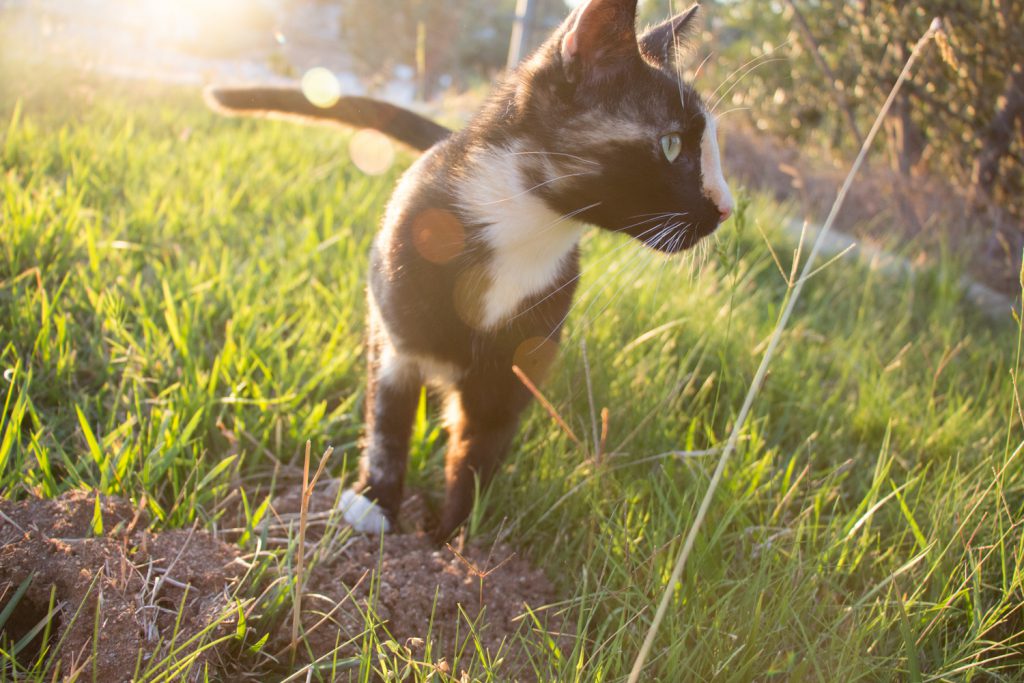6 Photography Techniques For Web Designers and Developers
If you are interested in website development, creating production-quality photos is key for saving time and money. The alternative would be hiring and paying an outside professional photographer. Not only is hiring one expensive, they generally avoid these “small jobs” from small to mid-sized businesses. Instead we will share tools that place readers on the shortest path to quality photos. Although effective, these techniques cannot replace the seasoned experience of a professional photographer.
1. Take Advantage of Natural Sunlight:
Avoid artificial lights. Lighting equipment may seem like the first step, but it can be pricey/involving for the beginner, and challenging to employ without experience. The sun is the ultimate light source in our solar system! If you need to take pictures at night, use long exposures as well as built-in flash. During the day, take pictures during the “golden hour,” when natural light is diffused (which is flattering for both humans and animals).
In photography the golden hour (sometimes known as magic hour, especially in cinematography) is a period shortly after sunrise, or before sunset, during which daylight is redder and softer than when the sun is higher in the sky. (Wikipedia.com)


2. Prepare the Setting and Subject:
A photographer’s goal is to document a moment. Yet the photographic process involves more than the photographer. It is a team effort. The process often relies on the subject as well as the environment. If you have a live subject for a professional shoot, make sure that they have options to look their best. Keep the momentum and variety of a shoot by equipping your subjects with multiple outfits. Do not be afraid to bring additional relevant props for settings as well (better to be safe, than sorry!). For example, if you are photographing a newly-engaged couple on a picnic, do not forget the accompanying picnic items.
3. Capture an Authentic Smile:
Although smiles are not always essential to the theme of a shoot, forced smiles are easily noticed. Bring out your inner comedian and have some jokes at-the-ready! Be encouraging, yet sincere–make your subject feel like a star. Smiles not only help the one behind the expression release feel-good endorphins, they correlate to an increased sense of trust by the audience.
4. Shoot As Many Photos As Possible:
Do not be a perfectionist. Experimentation will usually offer some pleasant surprises, so shoot as many photographs as possible! Additionally, non-professionals may grow in confidence after some time has passed during the shoot. If you have a diverse array of photos, it is easier to piece multiple photos together later, leading to our next technique.
5. Employ Post Production:
Photoshop and Lightroom can help you fix countless mistakes made during the initial shooting, especially if you are able to shoot in raw format. If you are a website developer or designer, you likely have experience with Photoshop. Use this to your advantage.

6. START WITH THE AUTO SETTINGS:
Website photography is more forgiving than print photography. Even with high-resolution devices, the pixel density is about 1/3 of most print media. Print mediums are less flattering than illuminated devices and monitors, and blurry photographs remain salvageable on a website as a background. Blurry .jpeg files are smaller and load faster.
SUMMING THINGS UP:
The basic tenet of the above advice is to start with the simplest possible solution and create a quality product. You do not need the latest, expensive technology to prove your worth as a designer or developer. The know-how garnered from these basics techniques will immediately give you an advantage. Remember: versatility comes with utilizing the resources at hand, as well as dedicated practice, so take your time!




